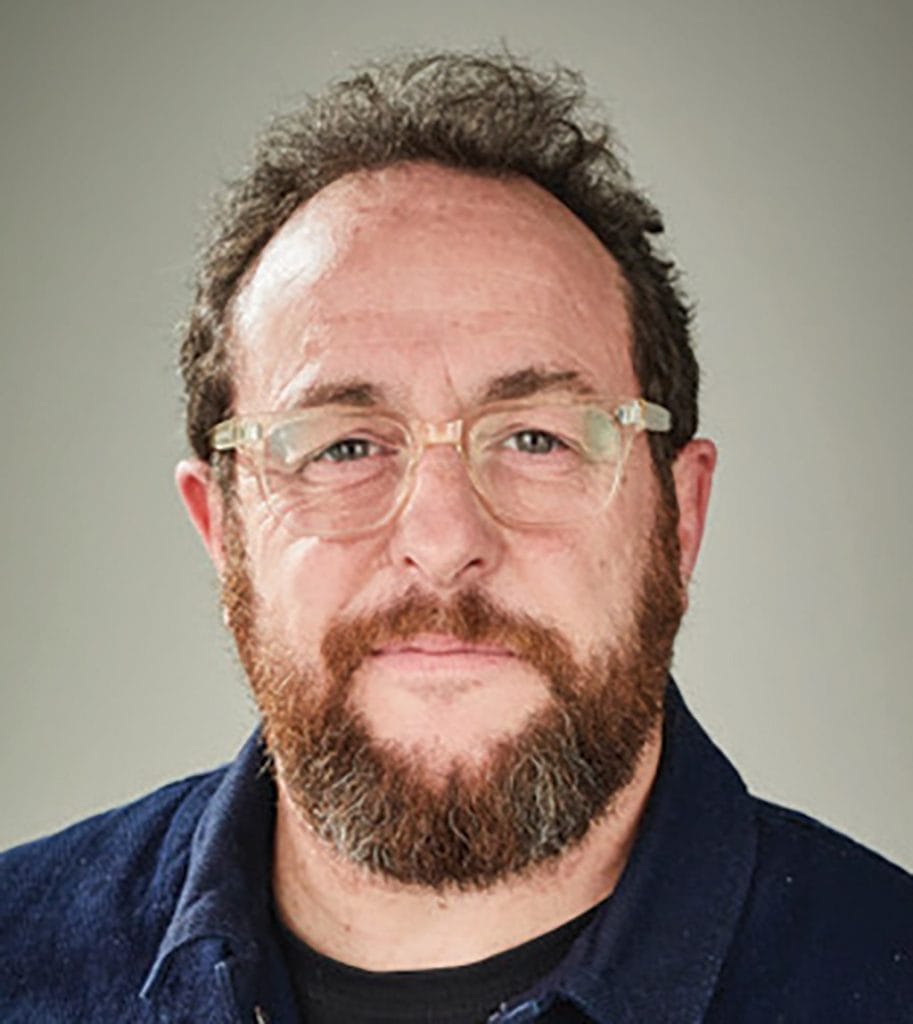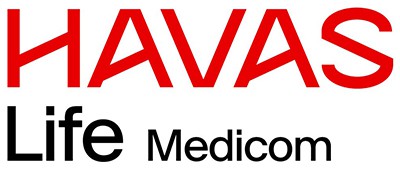
When on long road trips across France, my wife and I used to keep the kids (and ourselves) entertained by looking out for yellow cars.
Not gold or beige cars, but ‘CMYK Pigment yellow Hex #FFEF00, RGB 225,239,0’ cars; the yellow that lifts the spirits as it lifts printed material. This is what happens when an Art Director marries a Producer.
We craned our necks, scrutinised the opposite flow of traffic, distracted one another, feigned sleep (with one eye open), searched car parks, my daughter even started to use the zoom on the Nikon to see further up and down the road. And inevitably we often saw the same car at the same time! And we then had the post-mortem of who saw it first and who got the point. The journeys often flew by.
The thing is, if you go to any car park, motorway or autoroute queue anywhere in Europe all you will spy is a sea of silver, grey, white, black and now undercoat-coloured cars. There are very few yellow cars out there. They are rare.
It’s weird because yellow cars are the easiest to see on the road; that’s why New York taxis are yellow, they are bright and are visible in rainy conditions, fog, at dusk and dawn and other low-light situations, and it’s a great colour at night. Yellow cars literally Stand Out.
So what has this got to do with creative opportunities? Everything.
If I asked you how many yellow cars you’d seen today, you may mumble an answer – a guess. If I offered you £1,000 for every time you spotted one, what might you start doing? Exactly, you’d start looking for them.
It is the same with creative opportunities. They are rare. They are hidden amongst a sea of data, white papers, statistical superiorities, K curves and materials.
It’s similar to the way we inadvertently trained ourselves to look for yellow cars; we in agencies need to train ourselves to seek creative opportunities.
It takes time trawling through all the award winners and deciphering what was the genus of the idea, what insight led to this winning over another piece. It demands a huge amount of discipline to sit through data read-outs, internal and external meetings, research sessions, debriefs and Sales Force excellence seminars to see the creative opportunities. But they are there.
We know they are there because every year we see evidence of an agency or group identifying an insight that leads to a creative opportunity. Recently someone saw that people with Parkinson’s disease need to endure a regimen of facial exercises each day to avert facial paralysis and saw an opportunity to invent or utilise facial scrolling of mobile devices as a way to make the exercise routine an enjoyable part of the day. Similarly, a clever team used AI, literature and technology to streamline voice capture for ALS sufferers from six months of labour to 15 minutes of reading an engaging story. It was a brilliant example of UX if ever there was one. Looking back a year or two young people with cystic fibrosis have to start their day pummelling their chests to loosen the overnight phlegm. This insight led an agency to invent a technology-enhanced vest that not only did the vibrating for them, it was connected to Spotify, so that the kids could listen to music that played at the right frequency to stimulate the vest and loosen the phlegm – genius.
Admittedly these aren’t ads, but then, who has written an advert for the professional healthcare audience in recent years? Yes, I acknowledge that they might not be standard collateral that we are usually asked to create, but they are great demonstrations of pharma companies’ commitment to improving the lives of the patients that they create treatments for, on a daily basis. Like yellow cars, they create Stand Out.

And this is the rub, creative opportunities in healthcare are few and far between in the requests from clients. They want a detail aid, they want an omnichannel campaign of modular content for global optimisation for local markets. But there are ambitious clients who relish Stand Out and know they need to demonstrate their absolute dedication and devotion to helping people who have a condition that their treatments or devices treat. It may seem like profligacy to invest in realising a unique or ingenious solution to help manage the condition they treat but it is a wonderful example of their commitment and display of their genius beyond the product. It’s an all-round win-win-win too. The brand gets greater recognition in an often-congested therapy area, an obvious differentiator at congress, a talking point with the HCP as it is with the financial analysts on Wall Street. The agency partner gets to demonstrate its creativity and ability to spot and deliver a creative opportunity. And the patients get a device, application, or opportunity to have a better experience managing their condition. What isn’t there to like?
Sure, not all ideas are great. Sometimes investment is made into an idea or innovation, and it doesn’t work as well as we’d hoped but then pharma companies are used to their products not making the grade at the 11th hour. Admittedly, these initiatives may sit outside of the expected launch materials. Sadly, there is so much evidence to suggest that the materials themselves may be ignored or not fully utilised by some markets and affiliates. Constantly looking for creative opportunities is the lifeblood of both agencies and clients, or I believe it should be.
We must congratulate the clients and agencies that look beyond the commonplace and are striving to find unique and stand out ways to demonstrate their expertise and commitment in a therapy area. They are inspiring and leading the industry into evermore exciting and untapped areas, which aligns perfectly with the healthcare communication landscape, which has never been so varied, diverse and evolving.
Today we have access to so much information and insight and access to science, patients, HCPs, carers and the communities that operate around them. The territory is rich with anecdote, experience and most importantly insights.
Beyond the data sets and white papers are the human insights that more often than not drive ideas. We know from experience that the better the insight the better the chance of a great idea. So, it is key that we are all focused on identifying creative opportunities.
More specifically, it is not the preserve of the creatives to see the opportunities, it is everyone’s challenge in an agency and client team. Client services spend a lot of time with clients hearing the stories that sit around a brand, strategists are immersed in the data, the patient experience, the HCP mindset, and medical writers are deep in the data and story – and these are the very places where creative opportunities live. Take a look at these wonderful examples for evidence.
Someone in an agency identified the insight that people with Downs Syndrome live under the pressure that it is assumed they can’t do certain things and this inspired the brilliant work: Assume I Can
An agency latched on to the factual insight that Black women in the USA are 42% more likely to die from breast cancer than White women. There is evidently an inequality in the system, probably due to so many doctors unaware of their unconscious biases. In fact, between 2008 and 2018, only 4% of Black women in the USA participated in clinical trials. Using dramatic portraits and a crudely applied inequality symbol, they used media cleverly to stir medical oncologists to the magnitude of the disparity.
The quality of the insight lead to powerful and persuasive ideas. Those who glimpsed the creative opportunity should be as congratulated as the teams that brought the work to life. It was evidently a team effort to create Stand Out work.
At Havas Life Medicom (part of Havas Health), we are driven to identify these very insights that in turn become great ideas. Once an insight and an idea are formulated we track the development of the work as it goes through all the hoops of research, ML&R, procurement, people changes and many other hurdles that good work needs to go through to get out into the real world.
We work hard to create a culture that is focused on finding these very insights for existing brands and clients, a culture where everyone is empowered to see the next creative opportunity. Attending the Cannes festival of creativity, I was excited to see how great insights have led to this year’s great work.
So, the next time you’re driving with your family on a long journey, please look out for those yellow cars. You’ll soon realise just how rare they are. And then consider that they are like creative opportunities that have the potential to Stand Out in the sea of sameness.
This thought leadership piece appeared in the June edition of PME. Read the full issue here.





